Blenheim Palace Gardens
During our visit to Blenheim Palace three weeks ago we saw some of the finest examples of England’s artistry. From the tapestries and paintings hanging on the walls to the exquisite furnishings and the grandiose ceiling — everything is a work of art and shows the skills of the artists and craftsmen who made an indelible mark at the Duke of Marlborough’s palatial home.
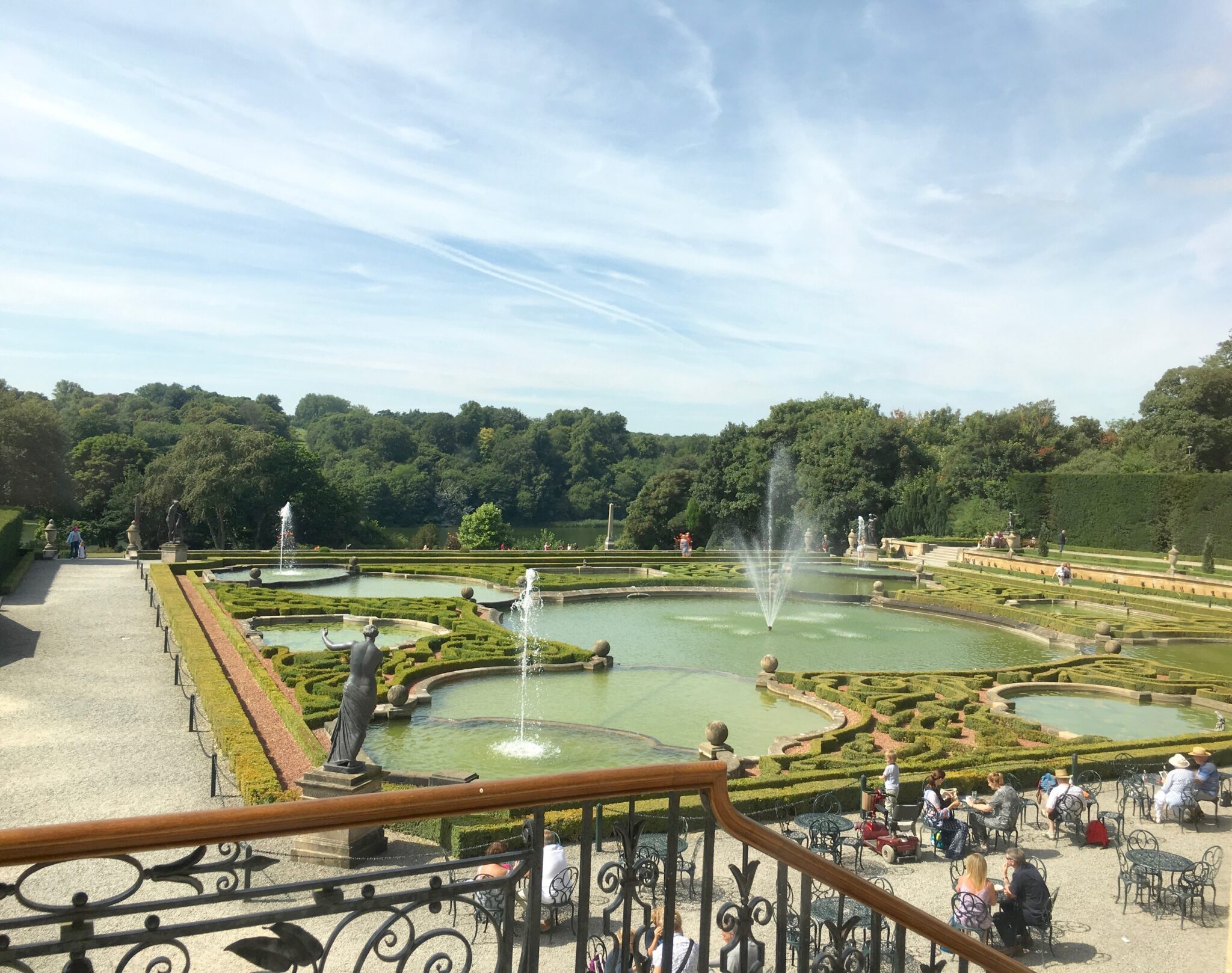
But when we explored the gardens that surround it, I was even more impressed (not my companion though but more on that towards the end of this post 😉 ) by the gardeners who created some astonishing masterpieces.
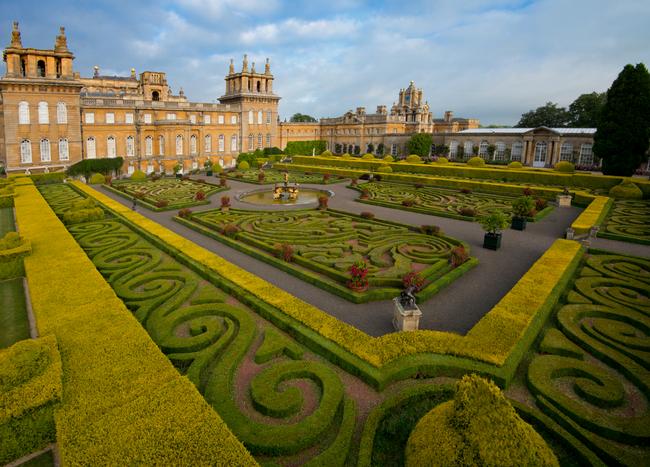
The large ‘Formal Gardens’ which include The Rose Garden, The Secret Garden, The Italian Garden, The Water Terraces, and the newly opened Churchill Memorial Garden — are all magnificent landscape design.
And there’s other tourist attractions in the grounds including the giant Marlborough Hedge Maze, Butterfly House, Lavender Garden, Blenheim Bygones Exhibition and the Adventure Playground — all form part of the ‘Pleasure Gardens’ and can be reached by miniature train.
John Vanbrugh, the architect who designed the palace also planned the original landscape gardens.
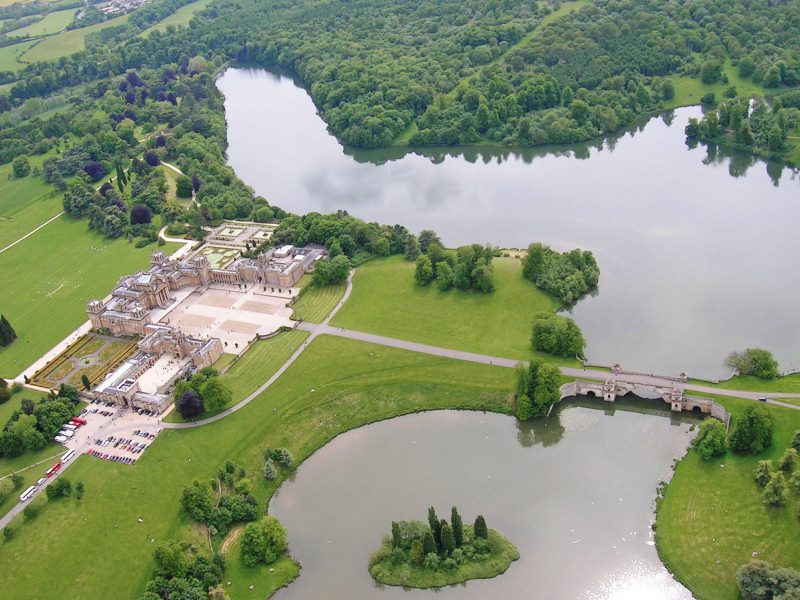
The massive bridge that crossed the river Glyme is one of the most prominent features of Vanbrugh’s landscape design.

In 1763 the 4th Duke hired Lancelot ‘Capability’ Brown, considered Britain’s greatest landscape designer, to enhance the palace grounds. Brown transformed it into a spectacular garden which is now regarded as his finest work. The impressive giant bridge remains unchanged since its construction but a stunning man-made lake was added by Brown, and it formed a centrepiece of the estate.
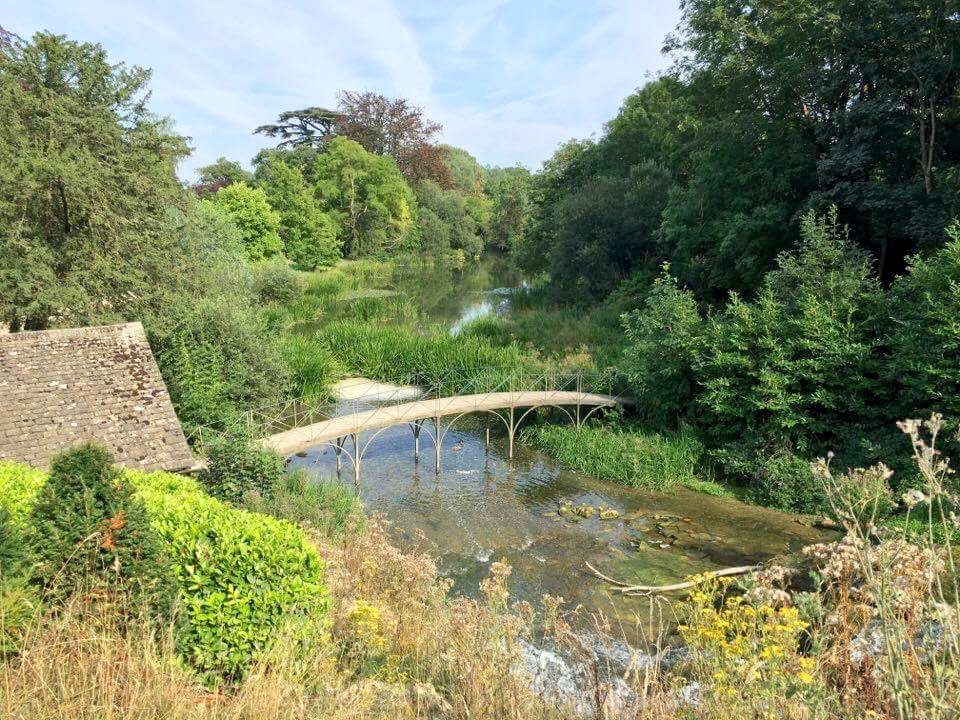 A number of other water features were also added.
A number of other water features were also added.
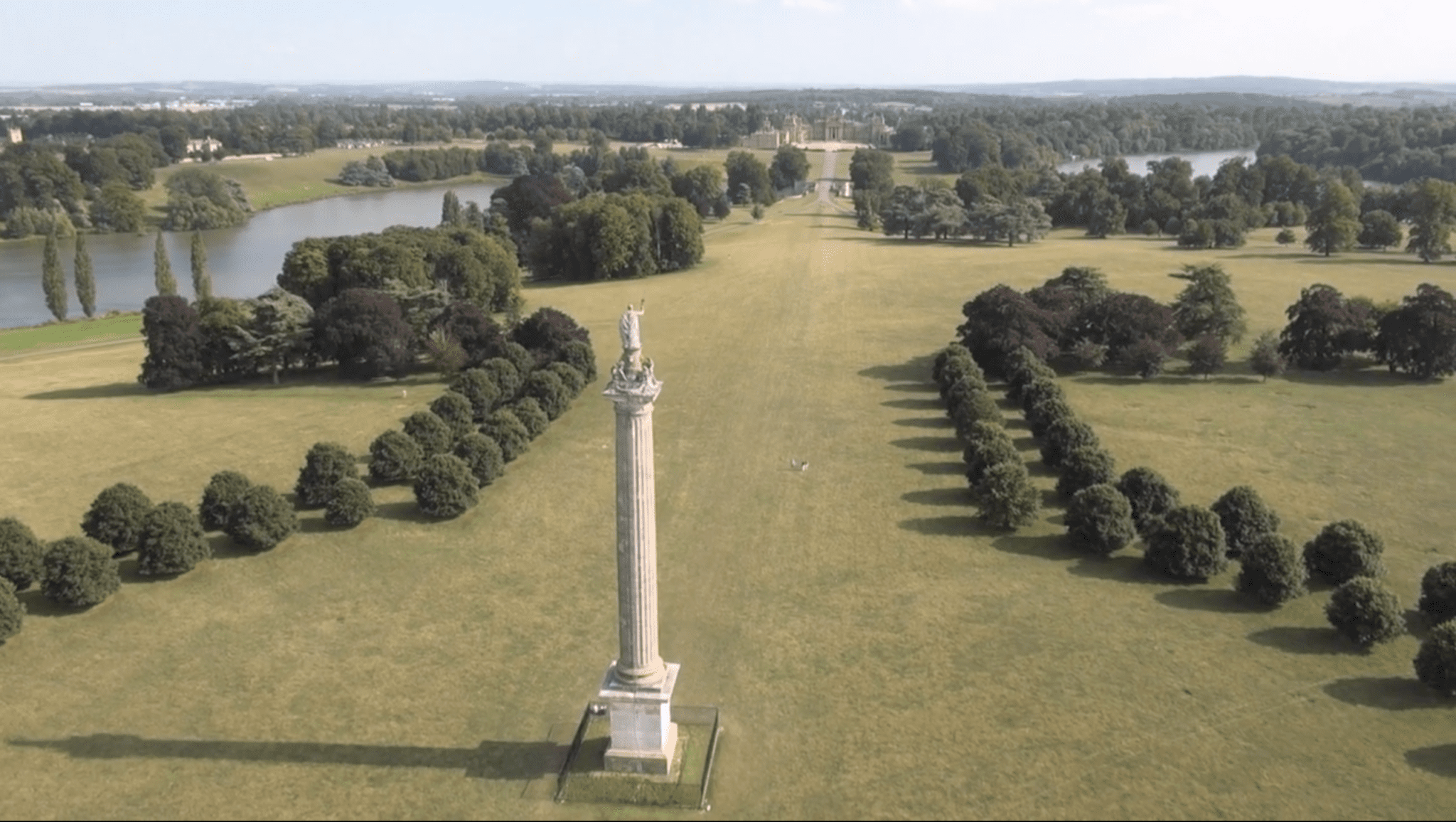
From the palace we walked for about twenty minutes to see the Victory Memorial Column. Sarah, the first Duchess of Marlborough had the Column of Victory built between 1727-30 in memory of her husband, the First Duke of Marlborough.

The column is 41 metres high and shows the statue of John Churchill on top facing the palace with four eagles at his feet.
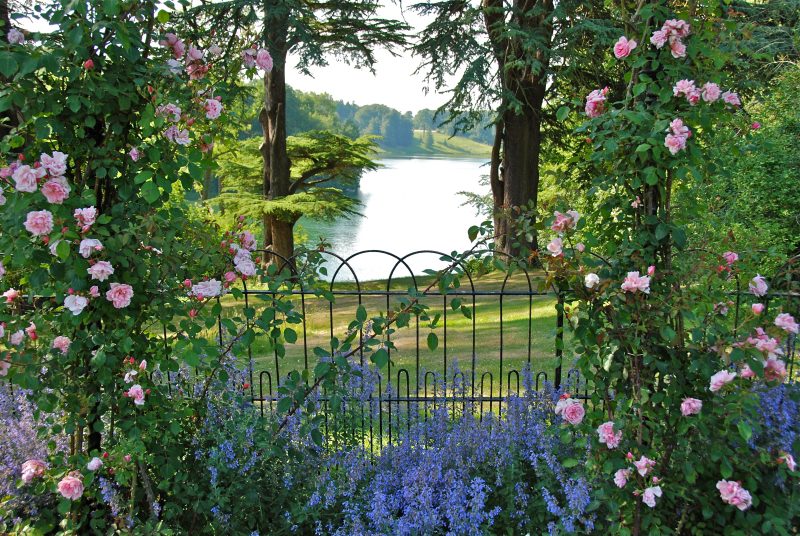 The Rose Garden is stunning and filled with different types of roses in every colour imaginable, and there’s also climbing trellises making beautiful archways. And the colourful blooming lavender flowers emit a hauntingly sweet fragrance.
The Rose Garden is stunning and filled with different types of roses in every colour imaginable, and there’s also climbing trellises making beautiful archways. And the colourful blooming lavender flowers emit a hauntingly sweet fragrance.

This year Blenheim has a temporary exhibition on Lancelot ‘Capability’ Brown and his work around the palace, and they have a dedicated trail and other activities in celebration of the 300th anniversary of the man who is considered as Britain’s greatest landscape designer.
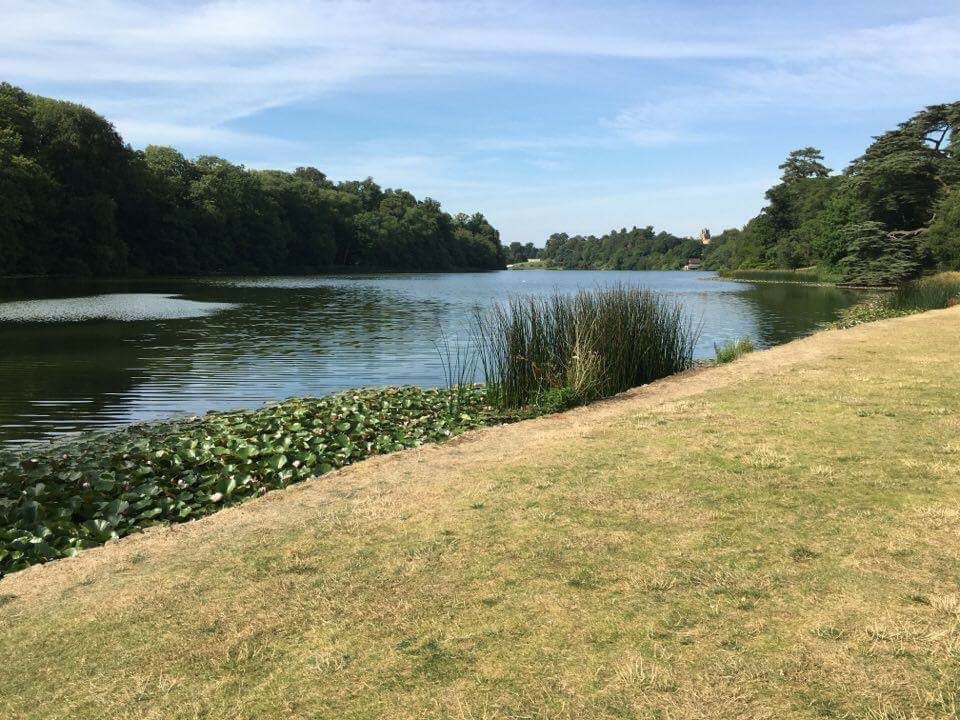 River Glyme runs through the property and part of Brown’s design is a huge man-made lake combined with the river to make the scene look natural. It took 1,000 men and ten long years to accomplish the project; from digging the lake to filling it with water, creating the waterfall, and other man-made features.
River Glyme runs through the property and part of Brown’s design is a huge man-made lake combined with the river to make the scene look natural. It took 1,000 men and ten long years to accomplish the project; from digging the lake to filling it with water, creating the waterfall, and other man-made features.
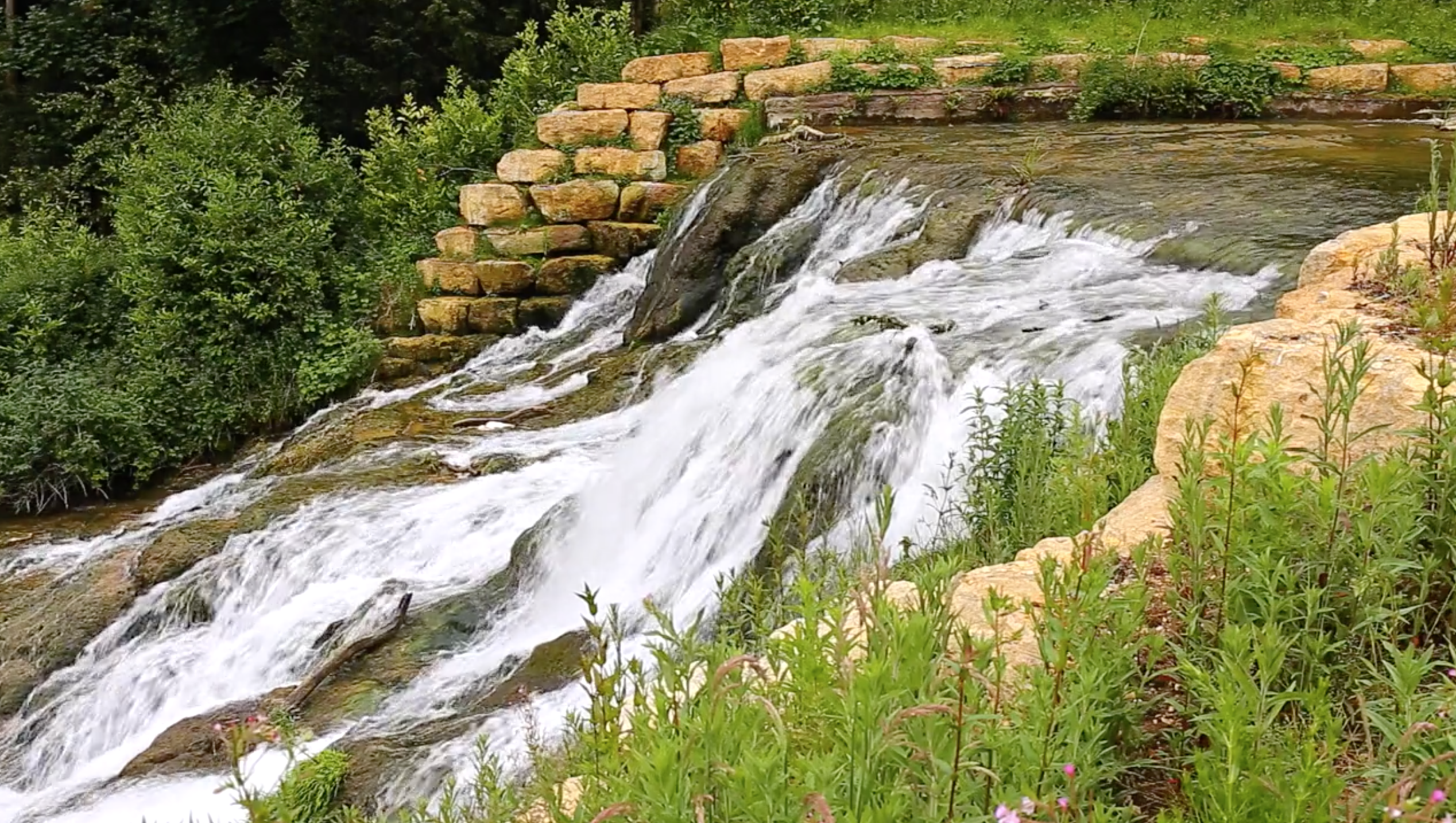 Blenheim Palace is home to one of the oldest and treasured woodland in Europe, with ancient oaks dating back to the 12-13th Century. Our tour guide told us that just over a month before our visit the experts from Ancient Tree Forum came up with the age of the old Oak trees, the oldest being a 1,046 year-old and another one is also believed to be 925 year-old. These trees are located in High Park and not accessible to the visitors.
Blenheim Palace is home to one of the oldest and treasured woodland in Europe, with ancient oaks dating back to the 12-13th Century. Our tour guide told us that just over a month before our visit the experts from Ancient Tree Forum came up with the age of the old Oak trees, the oldest being a 1,046 year-old and another one is also believed to be 925 year-old. These trees are located in High Park and not accessible to the visitors.
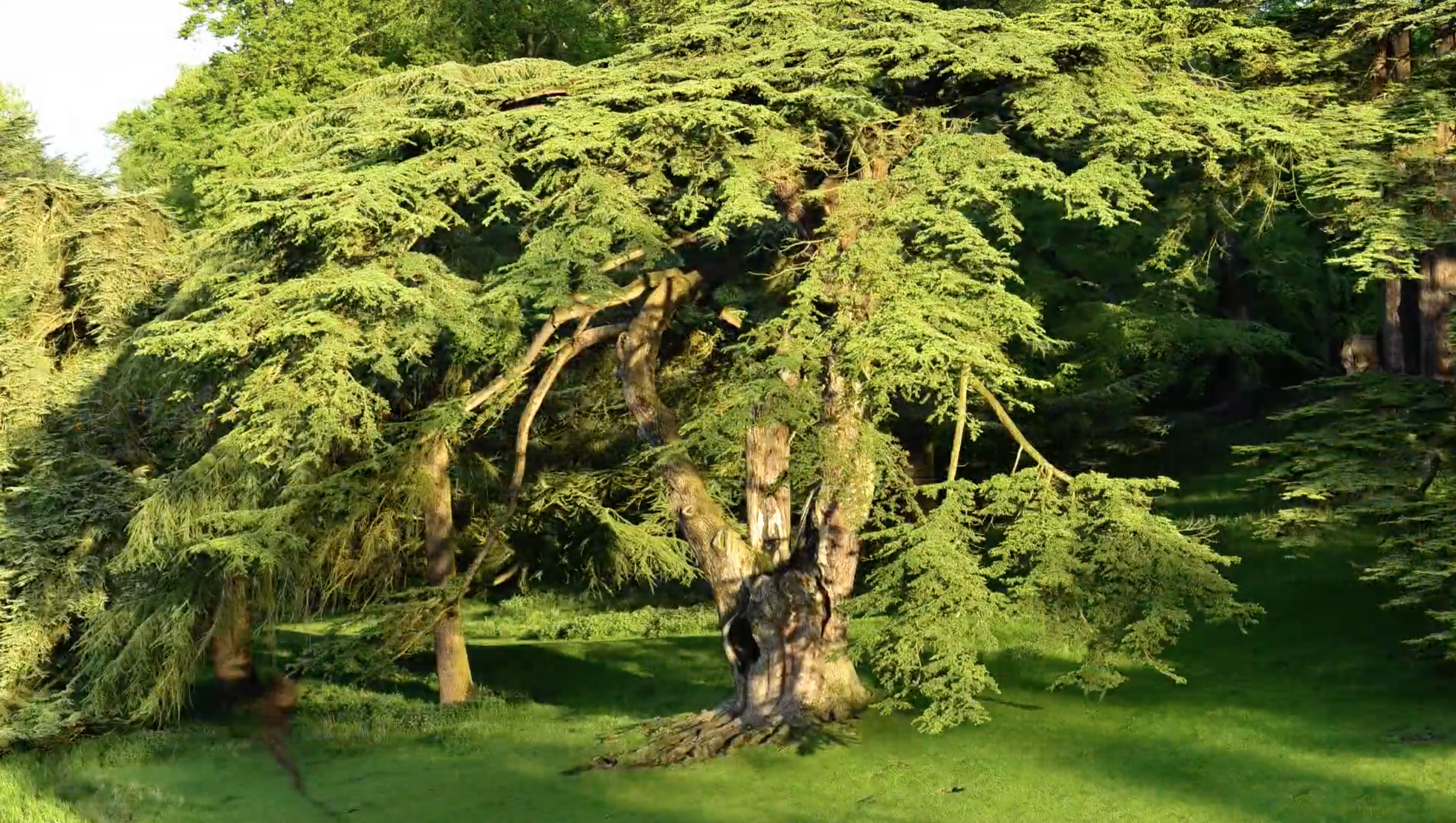 There are other beautiful old trees like the Cedar of Lebanon that are close to the paved public path and can be admired by the guests ambling through the woodlands. We saw quite a few of Cedar of Lebanon trees while exploring the Formal Gardens, and our tour guide pointed out one that’s a popular spot among visitors because it appeared in a film.
There are other beautiful old trees like the Cedar of Lebanon that are close to the paved public path and can be admired by the guests ambling through the woodlands. We saw quite a few of Cedar of Lebanon trees while exploring the Formal Gardens, and our tour guide pointed out one that’s a popular spot among visitors because it appeared in a film.

It’s named ‘Harry Potter tree’ because this is the location of a scene in the film Harry Potter and the Order of the Phoenix. Our tour guide also mentioned that in the late 1700s to early 1803, there were 129 huge oaks that were cut in Blenheim Park to build ships for Lord Nelson’s Navy.
 Walking through the woodlands, we spotted some silver pheasants strutting under some oak trees, and we also saw other beautiful birds and a lot of colourful butterflies around the pleasure gardens.
Walking through the woodlands, we spotted some silver pheasants strutting under some oak trees, and we also saw other beautiful birds and a lot of colourful butterflies around the pleasure gardens.
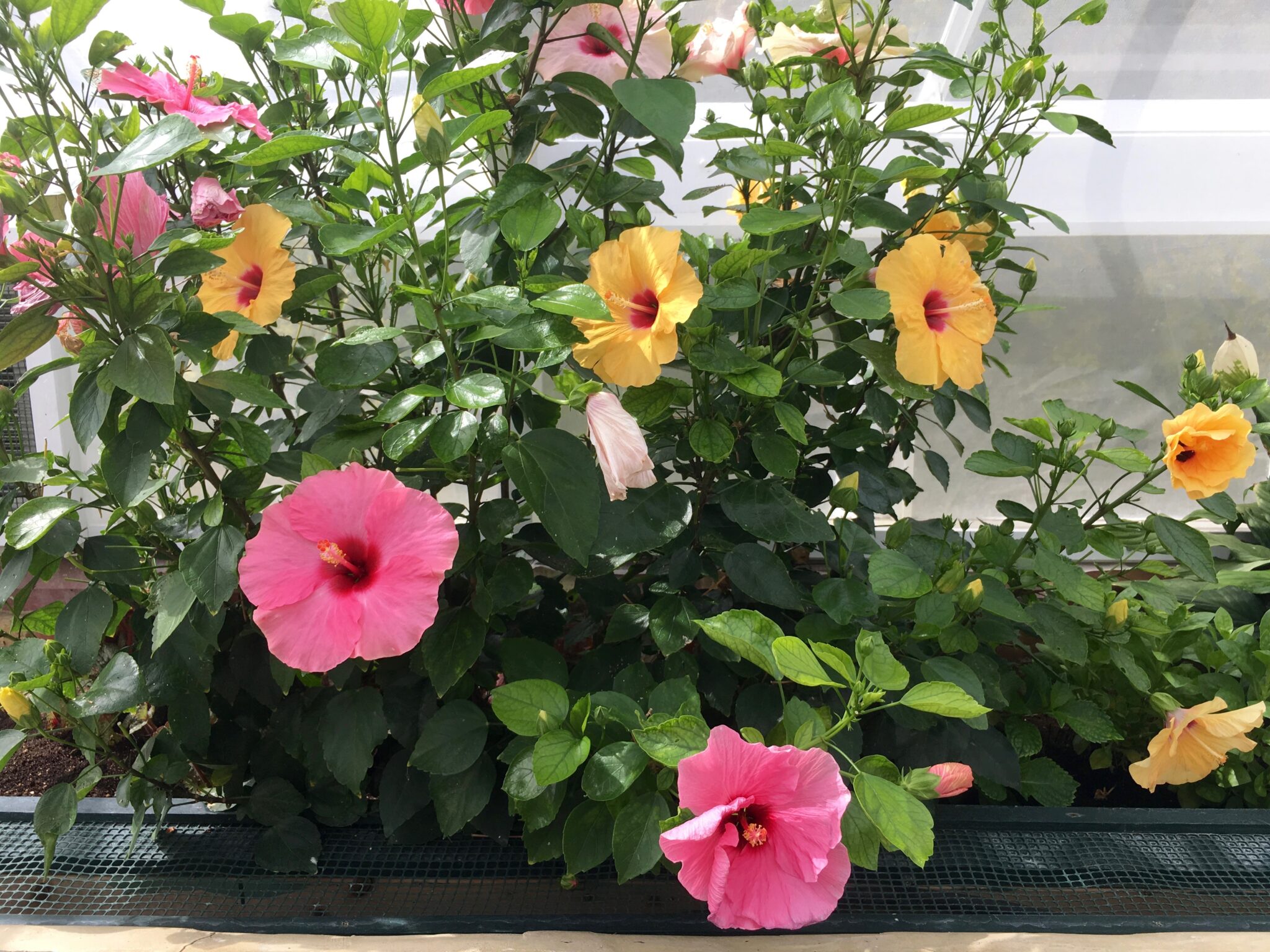 The Butterfly House has a lot of exotic plants and tropical flowers such as this colourful ‘Hibiscus’ that reminded me of home.
The Butterfly House has a lot of exotic plants and tropical flowers such as this colourful ‘Hibiscus’ that reminded me of home.
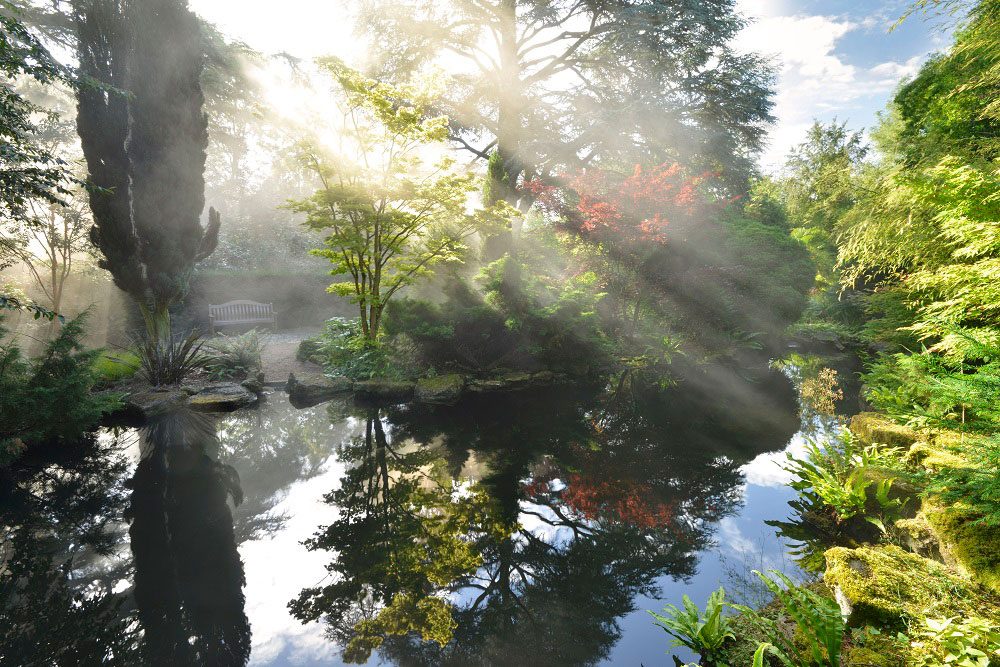 The Secret Garden, a secluded and wonderfully tranquil place, is my favourite part of Blenheim’s numerous gardens.
The Secret Garden, a secluded and wonderfully tranquil place, is my favourite part of Blenheim’s numerous gardens.
 We also wandered around the huge maze and it took us about 20 minutes to figure our way out. 🙂
We also wandered around the huge maze and it took us about 20 minutes to figure our way out. 🙂
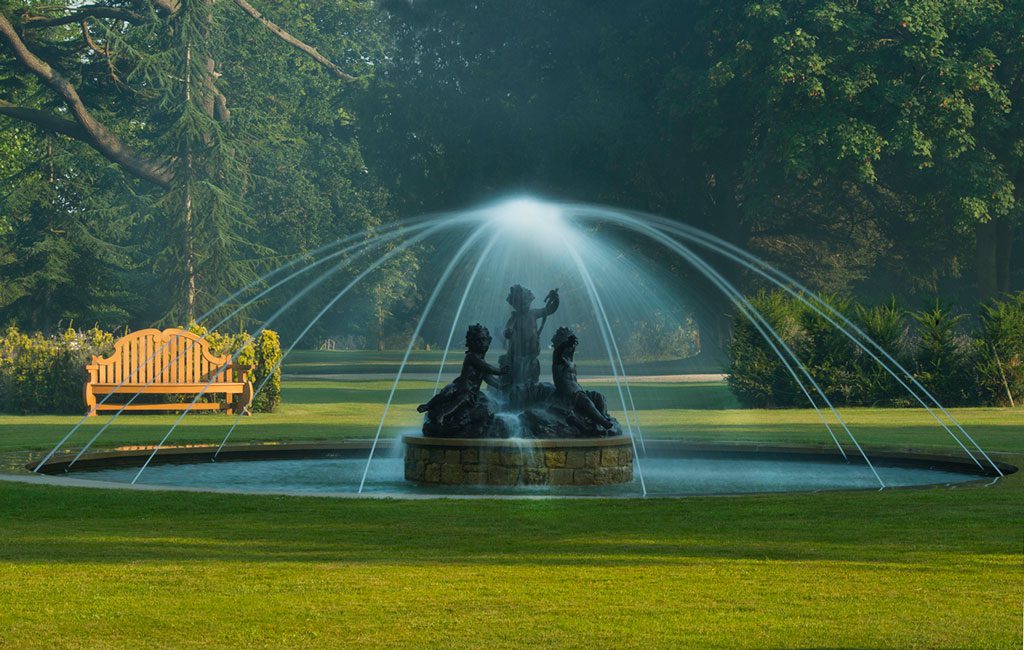 The Roundel is surrounded by beautiful trees and is one of the most beautiful spots in the sweeping parkland.
The Roundel is surrounded by beautiful trees and is one of the most beautiful spots in the sweeping parkland.
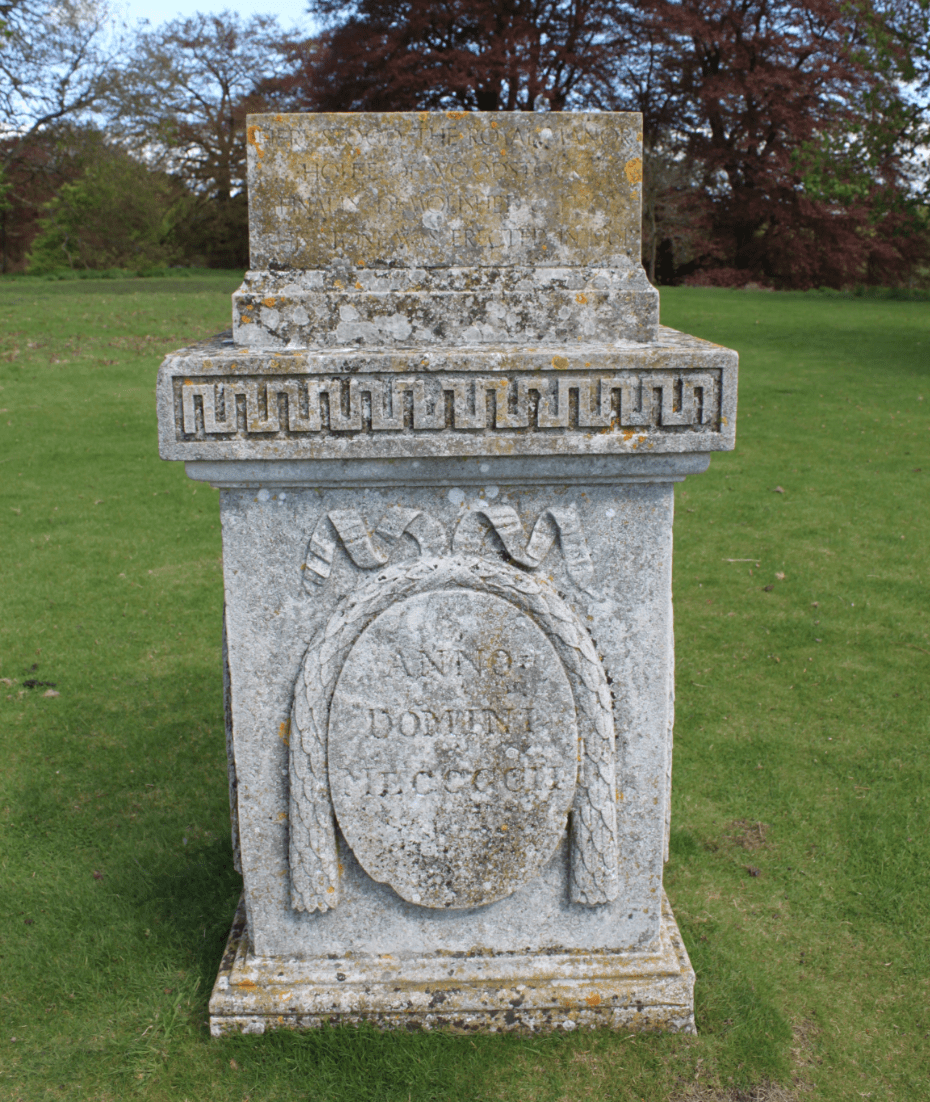 Blenheim Palace is indeed an iconic part of British history and deserves the World Heritage Site status. There is certainly a lot of history on this site. Today a grey stone plinth (above picture) marks the spot of the Woodstock Manor House built by two monarchs, Henry I and Henry II, in the 12th century. It once stood across the valley from Blenheim Palace and although nothing remains of it today, it is a significant site because that’s where Queen Elizabeth I was imprisoned for nearly a year by her half-sister, Queen Mary. In the Middle Ages, this part of Oxfordshire was covered by a huge forest called the ‘Wychwood’ and it used to be a royal retreat for almost a thousand years. Most of the medieval English Kings have visited the place or lived here including Queen Anne Boleyn (Henry VIII’s second wife) who is recorded to have had known this place very well. The palace was already falling apart at the time of Queen Elizabeth’s incarceration and was nearly destroyed during the English Civil War. All further traces were cleared out when Blenheim Palace was constructed.
Blenheim Palace is indeed an iconic part of British history and deserves the World Heritage Site status. There is certainly a lot of history on this site. Today a grey stone plinth (above picture) marks the spot of the Woodstock Manor House built by two monarchs, Henry I and Henry II, in the 12th century. It once stood across the valley from Blenheim Palace and although nothing remains of it today, it is a significant site because that’s where Queen Elizabeth I was imprisoned for nearly a year by her half-sister, Queen Mary. In the Middle Ages, this part of Oxfordshire was covered by a huge forest called the ‘Wychwood’ and it used to be a royal retreat for almost a thousand years. Most of the medieval English Kings have visited the place or lived here including Queen Anne Boleyn (Henry VIII’s second wife) who is recorded to have had known this place very well. The palace was already falling apart at the time of Queen Elizabeth’s incarceration and was nearly destroyed during the English Civil War. All further traces were cleared out when Blenheim Palace was constructed.
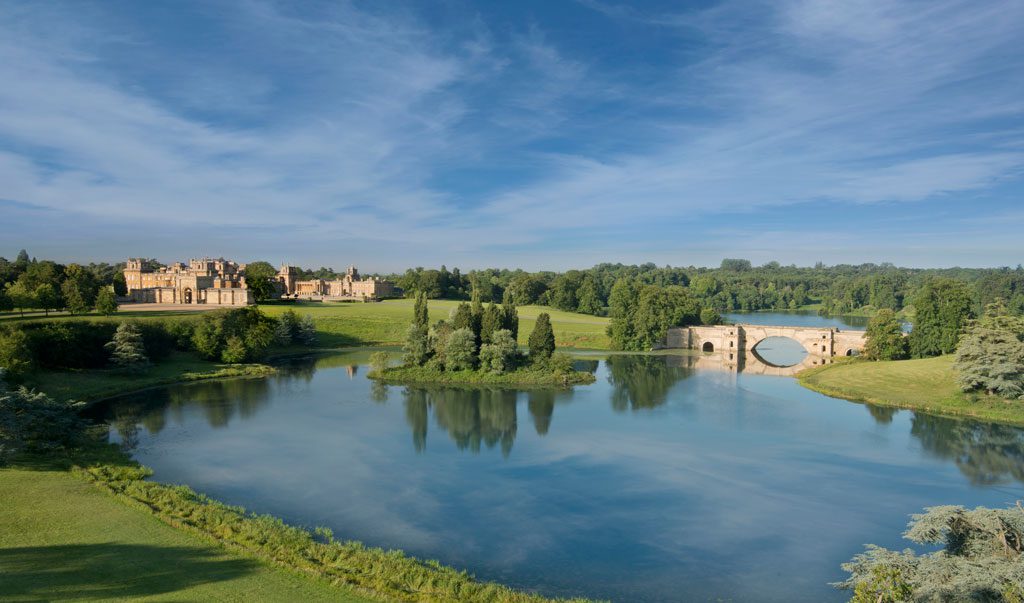 Both the formal and the informal gardens are all stunningly landscaped; all the trees and even plants are named and the tour guides are well-versed in every single detail of the property. Based on our experience, it all provided a very welcoming atmosphere not just for keen gardeners but even for those who simply appreciate the trees, the flora and fauna — the beauty of God’s creation. It may be one of England’s best-known country houses but it is not a place for everyone (like my husband who once lived in a castle with 168 bedrooms built by King Henry VIII but endured the ‘Blenheim Experience’ and failed to spot anything awe-inspiring 😉 and although he did enjoy seeing Churchill’s memorabilia, visiting a place like this does no longer impress him as much as I’d expected). Walking through the grounds of Blenheim Palace where important historical events unfolded and is a vital part of Britain’s living history, is a great experience. I’d highly recommend it to anyone interested in Britain’s historic houses or simply want to wander around Blenheim’s parkland or the Cotswolds.
Both the formal and the informal gardens are all stunningly landscaped; all the trees and even plants are named and the tour guides are well-versed in every single detail of the property. Based on our experience, it all provided a very welcoming atmosphere not just for keen gardeners but even for those who simply appreciate the trees, the flora and fauna — the beauty of God’s creation. It may be one of England’s best-known country houses but it is not a place for everyone (like my husband who once lived in a castle with 168 bedrooms built by King Henry VIII but endured the ‘Blenheim Experience’ and failed to spot anything awe-inspiring 😉 and although he did enjoy seeing Churchill’s memorabilia, visiting a place like this does no longer impress him as much as I’d expected). Walking through the grounds of Blenheim Palace where important historical events unfolded and is a vital part of Britain’s living history, is a great experience. I’d highly recommend it to anyone interested in Britain’s historic houses or simply want to wander around Blenheim’s parkland or the Cotswolds.